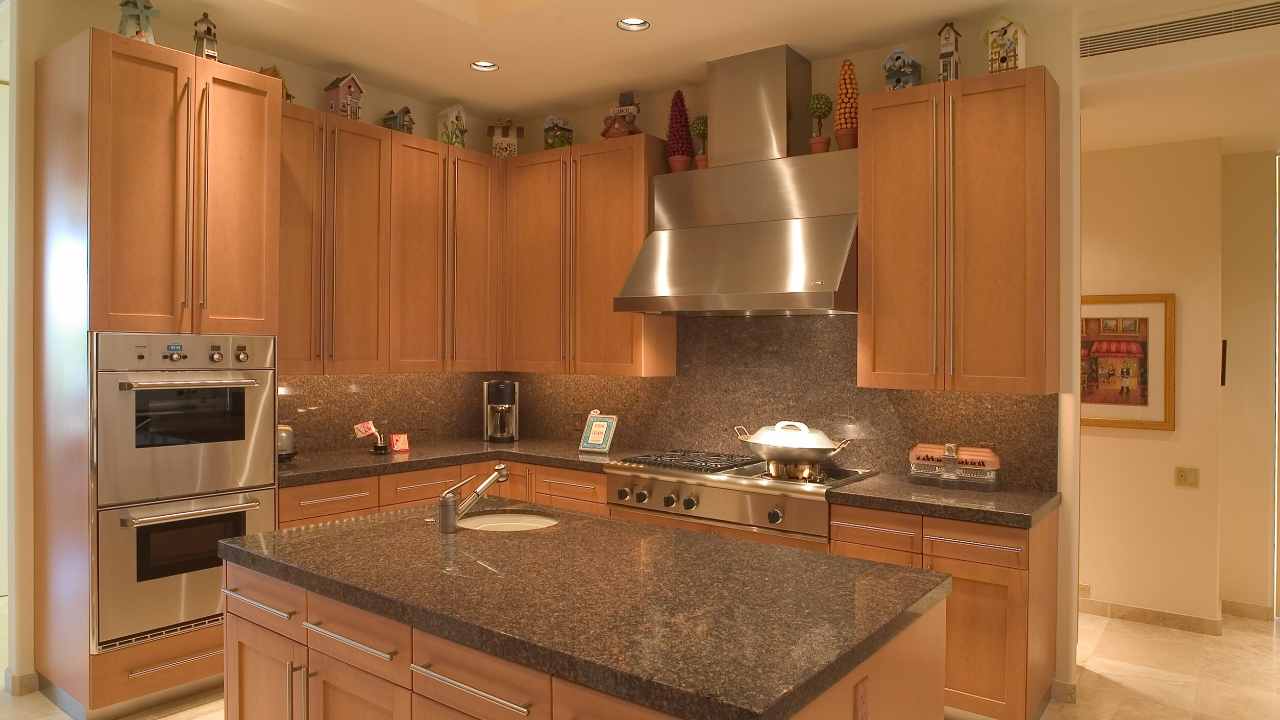
You'll be happy to learn that there are many financing options available if you're looking for a new bathroom or kitchen. Home remodeling loans are available from Fannie Mae, Wells Fargo, Upstart, and RenoFi, but which one is right for you? Read on to find out more. Using the right home remodeling loan can save you time and money. Here are some ways to select the right loan for you.
Fannie Mae
You might need two loans if you are planning to make home renovations. One loan is for the actual project, and the other is to refinance your existing mortgage. Fannie Mae's home remodeling loan is an excellent option. It is less popular than FHA 203k, but can offer a better option to many borrowers. Here are the details:
Fannie Mae HomeStyle Loan disburses funds immediately at closing, and not like conventional loans. The applicant must choose an approved contractor and submit detailed renovation plans. The lender then reviews the work and sends the funds to the contractor. The process limits fraud but creates an administrative headache. The process can be used to make the most of your existing property and increase its value. Fannie Mae home remodel loans are a great option for those who have been looking for mortgages for a long time.
Wells Fargo

If you're in the market for a new or improved kitchen, a new HVAC system, or other home improvement project, a Wells Fargo home remodeling loan may be the way to go. A personal loan from Wells Fargo is a great option for larger projects. However, it has lower terms if you are focusing on smaller renovations such as a bedroom or bathroom remodel.
Home improvement loans let you borrow against the equity of your home to pay for a remodel. These loans can be extended for as long as 15 years. To repay the loan, you will have to make regular, fixed repayments. Personal loans are unsecured and do not require collateral. Although a home equity loan is typically used for major home improvement projects, it can also be used as a way to pay for college costs or medical bills.
Upstart
Upstart provides personal loans to homeowners for home remodeling projects. This is a rare option as many lenders offer only general-purpose personal loans that can be used for a wide range of purposes. Visit WalletHub.com and learn more about Upstart’s home renovation loan offerings. You can also see a comparison between Upstart's home remodel loan offers and those of other banks. Upstart is a good option if you want to finance remodeling projects for your home or for other unexpected expenses.
Upstart does not charge penalties for early repayment of the loan amount, but it does have some minimum loan requirements. It will take origination fees as high as 8% of the loan amount. Upstart requires that the loan amount be at least $20,000. Upstart loans are a great option for borrowers with good credit. It is possible to find a higher loan amount elsewhere, however.
RenoFi

RenoFi now makes it possible to finance your home improvement projects up to 90% easier. Homeowners can choose between two home improvement loans: a fixed-rate home equity loan and a variable-rate line of credit. Both types of loans have fees, but overall you'll likely pay lower interest rates than a 203k loan.
RenoFi home remodeling loans work in the same way as traditional construction loans. The company will use a fintech platform for applicants to assess their financial background, run renovation underwriting and evaluate post-renovation valuations. This information allows homeowners to get the maximum amount of funds possible for renovations at the lowest rate. RenoFi will loan the funds within 30 days of the project's completion. This is why there is such a high demand for this product.
FAQ
Do I need an architect or builder to help me?
It might be easier to have someone else do the work if you're planning on renovating your own house. An architect or builder is a good option if you plan to buy a new house.
Should you do floors or walls first?
The best way of starting any project is to determine what you want. It is important to consider how you will use the space, who it will be used for and why. This will help decide if you want flooring or wallcoverings.
You may want to lay flooring before you create an open-plan kitchen/living space. Wall coverings are an option if you prefer to keep this space private.
What should I do before renovating a home?
Clean out your home and get rid of all clutter. Next, clean out any moldy areas. Final steps include cleaning up exterior surfaces and applying new paint.
What should you consider when buying your next home?
Make sure you have enough cash saved to pay closing costs before buying a new house. Refinancing your mortgage might be an option if you don’t have enough cash.
Do I require permits to renovate a house?
Yes, you will need permits before starting any home improvement project. In most cases, you will need a building permit and a plumbing permit. You might also require a zoning permission depending on which type of construction is being undertaken.
Statistics
- On jumbo loans of more than $636,150, you'll be able to borrow up to 80% of the home's completed value. (kiplinger.com)
- Design-builders may ask for a down payment of up to 25% or 33% of the job cost, says the NARI. (kiplinger.com)
- The average fixed rate for a home-equity loan was recently 5.27%, and the average variable rate for a HELOC was 5.49%, according to Bankrate.com. (kiplinger.com)
- According to the National Association of the Remodeling Industry's 2019 remodeling impact report , realtors estimate that homeowners can recover 59% of the cost of a complete kitchen renovation if they sell their home. (bhg.com)
- ‘The potential added value of a loft conversion, which could create an extra bedroom and ensuite, could be as much as 20 per cent and 15 per cent for a garage conversion.' (realhomes.com)
External Links
How To
How do I plan a whole-house remodel?
Planning a home remodel takes planning and research. Before you begin your project, there are many things to think about. It is important to determine what type of home improvements you are looking to make. There are many options available, including kitchen, bathroom and bedroom. Once you've decided on which category to work on you will need to calculate how much money is available for your project. It's best to budget at least $5,000 per room if you don't have any experience working on homes. If you have some experience, then you might be able to get away with less than this amount.
After you have determined how much money you have available, you can decide how big of a project you would like to undertake. If your budget only allows for a small renovation of your kitchen, you will be unable to paint the walls, replace the flooring or install countertops. On the other hand, if you have enough money for a full kitchen renovation, you can probably handle just about anything.
Next, you need to find a contractor who is experienced in the type project that you want. This will ensure you get quality results and save you a lot of hassle later. Once you have hired a contractor, gather materials and other supplies. You may need to purchase everything from scratch depending on the size and scope of your project. There are many stores that offer pre-made products so it shouldn't be difficult to find what you need.
Once you've gathered the supplies needed, it's now time to start planning. The first step is to make a sketch of the places you intend to place furniture and appliances. Then, you'll move onto designing the layout of the rooms. It is important to allow for electrical and plumbing outlets. It is a good idea to place the most important areas nearest the front door. This will make it easier for visitors to access them. Final touches to your design include choosing the right colors and finishes. You can save money by using neutral colors and simple designs.
Now it's time for you to start building. It's important that you check the codes in your area before you start construction. Some cities require permits while others allow homeowners to build without one. To begin construction you will first need to take down all walls and floors. Next, you'll lay down plywood sheets to protect your new flooring surfaces. Then, you'll nail or screw together pieces of wood to form the frame for your cabinets. The frame will be completed when doors and windows are attached.
There will be some finishing touches after you are done. For example, you'll probably want to cover exposed pipes and wires. For this, you will use plastic sheeting or tape. You'll also want to hang pictures and mirrors. Keep your work area tidy and clean at all times.
These steps will help you create a functional, beautiful home that is both functional and attractive. Now that you are familiar with how to plan a whole home remodel project, it is time to get started.